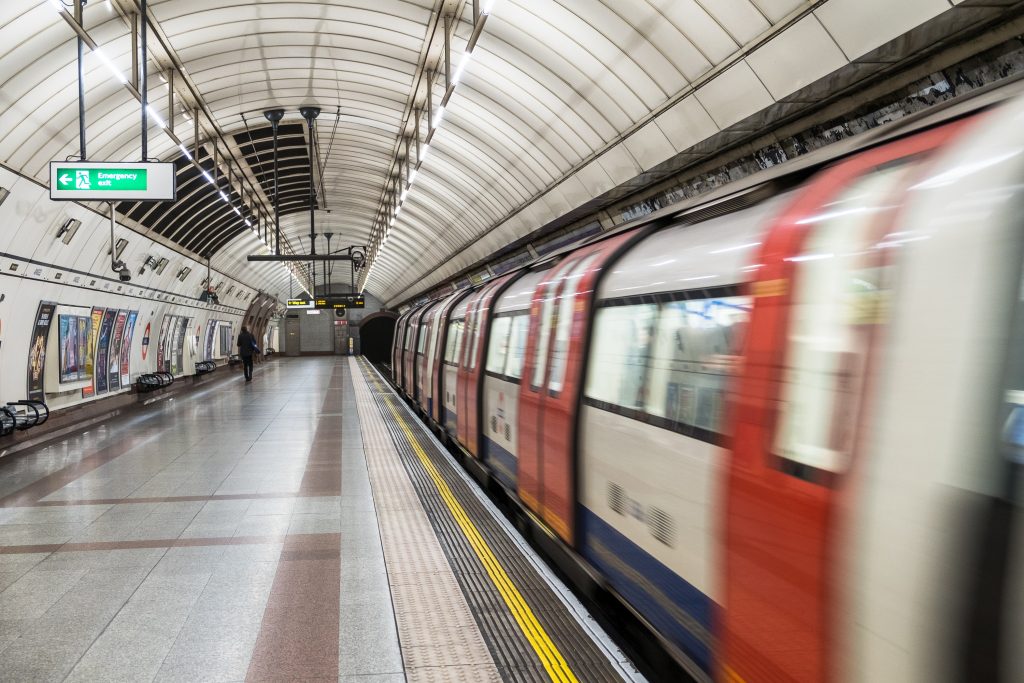A recent survey from Interac reveals data round contactless payments. Consumers may be more likely to use public transportation if there was a simpler way to pay for it. For example, they may pay with contactless payments. In fact, more than two-thirds (68%) of respondents said so and indicated it would be something that would incentivize them.
The Interac study also found that this particular payment option is more appeal than having a standard transit pass or even an app. According to Andrew Yablonovsky, Associate Vice President of Product Strategy & Growth at Interac:
The consumer experience needs to become more seamless if we are to entice people to use transit. Right now, transit is seeing a slow post-pandemic recovery with daily ridership having dropped by approximately 44% since the pandemic. This can have consequences for our economy since it stands to benefit from greater transit ridership. Our survey results also show that over half of Canadians view transit as important for economic recovery.
Research from Interac is in line with data that Amex Trendex published last year. The company found that contactless payments were how many consumers in the U.S. who take public transportation preferred to pay for their fares. More than a quarter (27%) said it was.
Overall, consumers are becoming more comfortable paying this way—and not just when it comes to public transportation. Whether they’re paying for an in-store purchase or in a restaurant, consumers are becoming more comfortable simply tapping their device or debit/credit card. This shift in behavior has increased amid the pandemic, and has certainly stuck because of the comfort and ease of contactless payments.
And this is happening at a global scale. Though it’s more prominent in some regions, including the United Kingdom. In fact, in the UK, consumers use contactless payments in nearly 90% of face-to-face payment transactions. That figure was roughly 65% at the beginning of the pandemic, according to data from Lloyds Bank.
“As consumers continue to move further into mobile payments, there is a likely expectation that contactless card payments become completely ubiquitous in all geographies, with similar adoption curves of mobile spreading as use is further accepted,” said Jordan Hirschfield, director of prepaid at Mercator Advisory Group.
